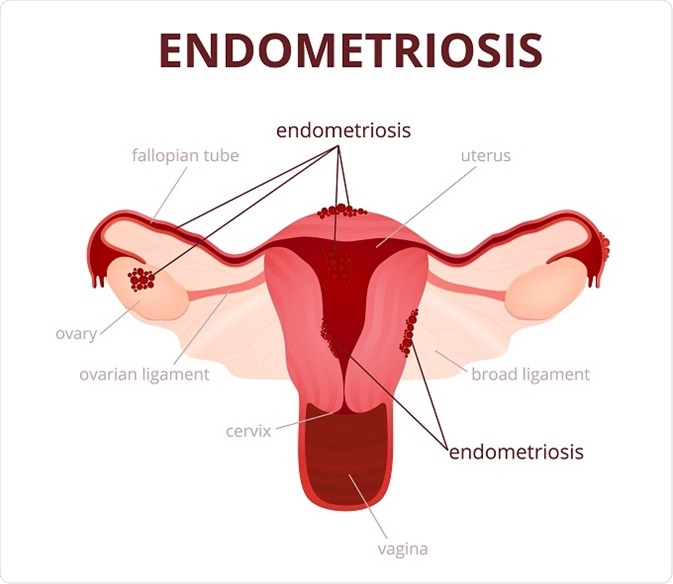Five things to know about the ailment, endometriosis
Recently, an ex-girlfriend of popular singer, Wizkid, Tania Omotayo, revealed the agonising experience she faced while battling with the ailment, endometriosis. According to her, her monthly menstruation usually comes in a heavy flow that lasts for three weeks, accompanied by pains, which makes her roll on the floor screaming or go to a hospital to […]

Endometriosis
Recently, an ex-girlfriend of popular singer, Wizkid, Tania Omotayo, revealed the agonising experience she faced while battling with the ailment, endometriosis.
According to her, her monthly menstruation usually comes in a heavy flow that lasts for three weeks, accompanied by pains, which makes her roll on the floor screaming or go to a hospital to get injection to relieve her of the pain and help her sleep.
Wizkid’s ex-girlfriend, Tania Omotayo, shares agonizing experience battling endometriosis
Sound Sultan’s widow celebrates son on 11th birthday
Daily Trust highlights five things to know about the ailment, endometriosis:
- Endometriosis pronounced, (en-doe-me-tree-O-sis), is an often painful disorder in which tissue similar to the ones that normally line the inside of the uterus — the endometrium — grows outside the uterus.
- The ailment most commonly involves the ovaries, fallopian tubes and the tissue lining of the But in rare occasions, endometrial-like tissue may be found beyond the area where pelvic organs are located.
- Endometriosis can cause pain — sometimes severe — especially during menstrual periods. Fertility problems also may develop. Fortunately, effective treatments are available.
- The primary symptom of endometriosis is pelvic pain, often associated with menstrual periods. Although many experience cramping during their menstrual periods, those with endometriosis typically describe menstrual pain that’s far worse than usual. Pain also may increase over time.
- Although the exact cause of endometriosis is not certain, a possible explanation may include retrograde menstruation. In retrograde menstruation, the menstrual blood containing endometrial cells flows back through the fallopian tubes and into the pelvic cavity instead of out of the body. These endometrial cells stick to the pelvic walls and surfaces of pelvic organs, where they grow and continue to thicken and bleed over the course of each menstrual cycle.
